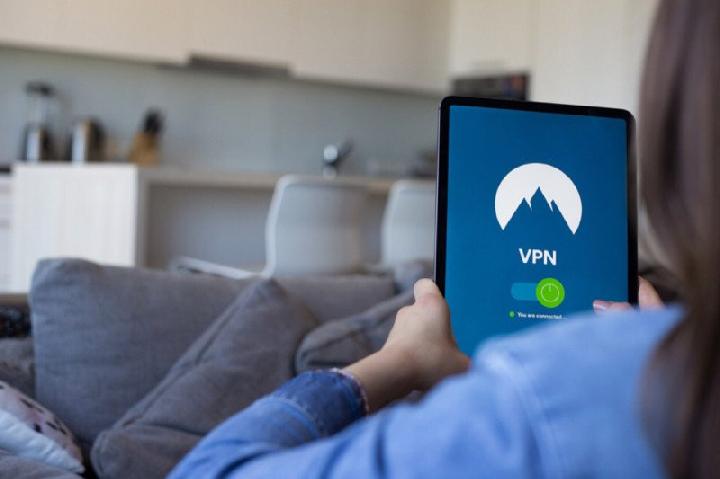Sejarah dan Fungsi VPN, Perangkat Lunak yang Sedang Diwaspadai YouTube Premium

HOLIDAY NEWS - Aplikasi koneksi privat atau virtual private network (VPN) belakangan dimanfaatkan pengguna perangkat untuk memanipulasi server internet. Dalam kasus YouTube yang belakangan mencuat ke publik, pelanggan premium memakai VPN untuk masuk ke server di negara lain tanpa harus berpindah lokasi. Dengan cara itu, pengguna bisa memakai layanan premium YouTube yang harganya lebih murah.
Di Indonesia, pemakaian VPN juga dianggap bermasalah. Kementerian Komunikasi dan Informatika (Kominfo) sempat memblokir VPN yang kerap dipakai masyarakat untuk bermain judi online. Dari catatan kementerian, ada 23 hingga 30 jenis aplikasi VPN yang diduga digunakan masyarakat untuk bermain judi online. Pada awal Agustus 2024, Kominfo memblokir tiga VPN tidak berbayar atau gratis.
Sejarah dan Fungsi VPN
Perusahaan teknologi global, Kaspersky, sempat menguraikan sejarah singkat ihwal kehadiran VPN. Menurut entitas yang berbasis di Rusia ini, cara kerja VPN sudah mulai dikenal sejak 1960-an, bermula dari proyek Departemen Pertahanan Amerika Serikat yang mengharuskan enkripsi data komunikasi internet.
Proyek tersebut menghasilkan Advanced Research Projects Agency Network (ARPANET), sebuah jaringan peralihan paket yang kemudian mengarah pada pengembangan Transfer Control Protocol/Internet Protocol (TCP/IP). Sistem TCP /IP terdiri dari empat level, mulai dari link, internet, transport, dan application. Pada level internet, jaringan dan perangkat lokal bisa terhubung ke jaringan universal. “Di sini risiko paparan terlihat jelas,” begitu bunyi ulasan Kaspersky.
Pada 1993, sebuah tim dari Universitas Columbia dan AT&T Bell Labs berhasil menciptakan VPN versi pertama yang dikenal sebagai swIPe, sebuah protokol enkripsi IP perangkat lunak. Pada tahun berikutnya, jaringan IPSec juga dikembangkan. Protokol keamanan internet ini dipakai untuk yang autentikasi dan enkripsi paket informasi yang dibagikan secara daring.
Menuju 1996, seorang karyawan Microsoft bernama Gurdeep Singh Pall menciptakan Peer-to-Peer Tunneling Protocol (PPTP), membuat sistem keamanan canggih untuk internet kian jadi kebutuhan. Kala itu program anti-virus sudah dianggap efektif untuk mencegah malware dan spyware.
Pengguna internet, baik individu dan perusahaan, semakin menginginkan perangkat lunak terenkripsi untuk menyembunyikan riwayat penelusuran internet. Masih eksklusif untuk korporasi, VPN mulai digunakan pada awal era 2000. Seiring meningkatnya pelanggaran keamanan, terutama sejak 2010, VPN semakin ramai digunakan.
VPN Menyamarkan Sumber Jaringan
Kaspersky menyebut VPN mampu mengenkripsi lalu lintas internet dan menyamarkan identitas jaringan pengguna ketika berselancar di dunia maya. Hal ini menyulitkan pihak ketiga yang ingin melacak aktivitas online pengguna saat akan mencuri data. Enkripsi jaringan itu berlangsung secara real-time atau langsung.
Data yang tidak terenkripsi pada dasarnya dapat dilihat oleh pihak yang memiliki akses jaringan tersebut. Koneksi VPN, dalam hal ini, menyamarkan lalu lintas data daring pengguna dan melindunginya dari akses eksternal.
